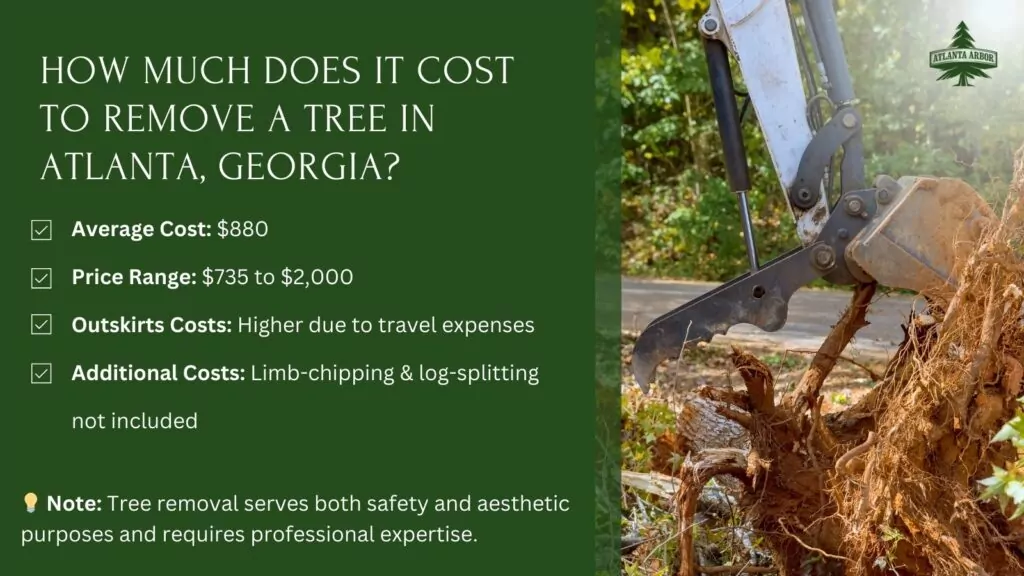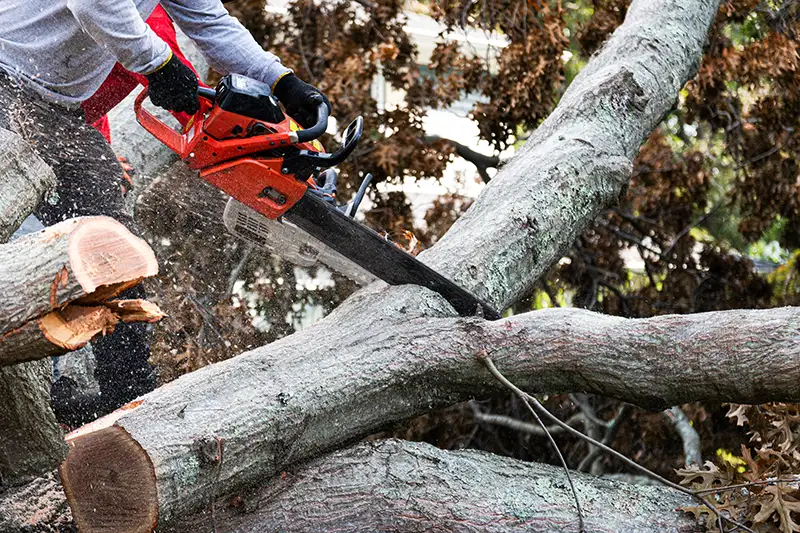Featured
Table of Contents
- – Breaking Down Tree Removal Pricing In Fort Was...
- – Fort Washington, MD Arborist: Payment Options
- – Understanding Tree Trimming Estimates In Fort...
- – Fort Washington, MD Stump Removal Cost Guide:...
- – Fort Washington, MD Tree Removal vs DIY: Pric...
- – Residential Tree Service Costs In Fort Washin...
- – Fort Washington, MD Tree Cutting Common Quest...
- – What Do Fort Washington, MD Tree Services Cost
- – Fort Washington, MD Tree Service Installatio...
- – Fort Washington, MD Stump Removal Repair Cos...
- – Why Hire A Tree Clearing In Fort Washington,...
- – Next-Day Tree Trimming Service Costs In Fort...
- – Fort Washington, MD Tree Removal: All-Inclus...
- – Fort Washington, MD Arborist: How Much To Ex...
- – Standard Tree Removal Pricing In Fort Washin...

The subsections listed below provide more detailed details about prices, consisting of a typical variety for each. TypeAverage Elimination CostPineConiferPalmMagnoliaArborvitaeAshCedarSweet GumEucalyptusSycamoreCypressOakMaplePoplar You can anticipate to pay in between to eliminate a pine, depending on its size. Eliminating a pine is one of the more budget friendly jobs unless it is one that has actually been around for many years and is rather big.
Breaking Down Tree Removal Pricing In Fort Washington, MD
Pines likewise have a tap root that grows deep into the soil, which can show to be more tough to eliminate. The process itself involves a specialist cutting the tree, clearing the base, cutting the surface area roots, removing the stump, and lastly dealing with the soil. Without an expert hand, you risk leaving pine seedlings behind, which will fall from the roots of distressed pines.
Fort Washington, MD Arborist: Payment Options
The U.S. nationwide average for conifer elimination is roughly to have the conifer cut down, hauled away, and the stump ground or gotten rid of totally. Conifers are typically simpler to remove, and despite the fact that they can grow rather high, they do not cost a fortune to eliminate. Conifers include pine, spruce, fir, and juniper trees.
Understanding Tree Trimming Estimates In Fort Washington, MD
While conifers are beautiful, they eliminate native plants and specific types of lawn (tree cutting). The average rate of palm removal depends on the height as much as the type, ranging from.
Fort Washington, MD Stump Removal Cost Guide: Essential Info
That is why it is important to understand which type you are eliminating. While you do not require an herbicide to eliminate a palm tree, there are some steps your elimination expert will have to take to ensure the job is done correctly. There are two methods they can eliminate them: by chopping them down or digging them up.
Fort Washington, MD Tree Removal vs DIY: Price Comparison
From there, they eliminate the real tree and then the stump. Anticipate to pay between to eliminate this type of tree, depending on the exact size and information of the job.
Residential Tree Service Costs In Fort Washington, MD
There are three types: green, white, and black ash. White ash is known for its numerous colors. With its gray-tinged bark, its leaves are green or purple in the spring and golden yellow or purplish-red in the fall. They enjoy moderate environments and great deals of sun. The green ash is named such due to its green or yellow foliage.
Fort Washington, MD Tree Cutting Common Questions

However, the bark is softer, and it blooms later in the year. Due to the variation in height, the removal cost variance is large from. A coniferous, evergreen tree, the cedar is a hardy species. Real cedars take pleasure in higher elevations, primarily in the Himalayas and the Mediterranean. A true cedar can grow as high as 160 feet in height and is frequently planted in the United States as a landscape option.
What Do Fort Washington, MD Tree Services Cost
The growth of incorrect cedars varies from 50 feet approximately 230 feet high. Homeowners might pay anywhere from, depending upon the roots. With star-shaped leaves and sensational fall colors, the sweet gum is considered a medium to large tree. Taking pleasure in complete sun, the sweet gum can not endure pollution.
Fort Washington, MD Tree Service Installation Cost Guide
It has a huge root base of 40 to 50 feet, which impacts the removal expense. Typically, it costs in between to eliminate a eucalyptus. Eucalyptus are not typical all over, however they are rather big compared to others, which is why even the smaller ones are so pricey to eliminate. Originally from Australia, eucalyptus are invasive plants that grow in thick groves that get native plants.
Fort Washington, MD Stump Removal Repair Cost Guide
There are a handful of ways to do this, including burning, pulling, grinding, or killing them with herbicide. Anticipate to pay between to eliminate sycamores, based on the height, trunk size, and amount of work involved. Sycamores are one of the biggest hardwood trees, usually varying from 60 to 100 feet high and as broad as 15 feet.
Why Hire A Tree Clearing In Fort Washington, MD
The very first two actions will expose the insides of the tree and cut off the circulation of nutrients up the trunk. From there, an expert uses herbicide to eliminate the tree and cuts down the trunk.
Next-Day Tree Trimming Service Costs In Fort Washington, MD
There are various kinds of Cypress trees, however the most prevalent are the Leyland, Arizona, Bald, and Italian. The Bald Cypress grows in swampy or very damp areas while the others enjoy a dry, warm, or hot environment (tree cutting). They can grow as tall as 80 to 100 feet high
Fort Washington, MD Tree Removal: All-Inclusive Pricing

Prone to diseases, the Cypress is one of the most valued woods for furniture. The average oak grows to around 60 feet, and depending upon the intricacy of the removal, it costs an average of to remove. The specific size of your oak and the effort needed to fell it impact what you will actually pay for removal along with any additional services like stump grinding.
Fort Washington, MD Arborist: How Much To Expect
Access to the trees and the roots will likewise affect the overall expense. Maples can easily mature to 100 feet or more and usually cost between to eliminate from your property. The final cost depends on the actual height and complexity of the task. Maples are typically amongst the more costly trees to get rid of because of their size and the work included in the elimination.
Standard Tree Removal Pricing In Fort Washington, MD
Poplars are giants of the types. Growing as high as 90 to 115 feet, these massive woods are primarily discovered in The United States and Canada and consist of the aspen, cottonwood, and balsam trees. Boasting an extensive root system, poplars can be costly to eliminate when totally grown. The process to remove trees includes all the cutting and cutting of the branches and trunk, bringing it down to a stump.
Table of Contents
- – Breaking Down Tree Removal Pricing In Fort Was...
- – Fort Washington, MD Arborist: Payment Options
- – Understanding Tree Trimming Estimates In Fort...
- – Fort Washington, MD Stump Removal Cost Guide:...
- – Fort Washington, MD Tree Removal vs DIY: Pric...
- – Residential Tree Service Costs In Fort Washin...
- – Fort Washington, MD Tree Cutting Common Quest...
- – What Do Fort Washington, MD Tree Services Cost
- – Fort Washington, MD Tree Service Installatio...
- – Fort Washington, MD Stump Removal Repair Cos...
- – Why Hire A Tree Clearing In Fort Washington,...
- – Next-Day Tree Trimming Service Costs In Fort...
- – Fort Washington, MD Tree Removal: All-Inclus...
- – Fort Washington, MD Arborist: How Much To Ex...
- – Standard Tree Removal Pricing In Fort Washin...
Latest Posts
Eco-Friendly Tree Trimming Costs In East Patchogue, NY
Pell City, AL Tree Clearing Budget Tips
Selecting The Right Tree Removal In Homeland Park, SC: Price vs Quality
More
Latest Posts
Eco-Friendly Tree Trimming Costs In East Patchogue, NY
Pell City, AL Tree Clearing Budget Tips
Selecting The Right Tree Removal In Homeland Park, SC: Price vs Quality